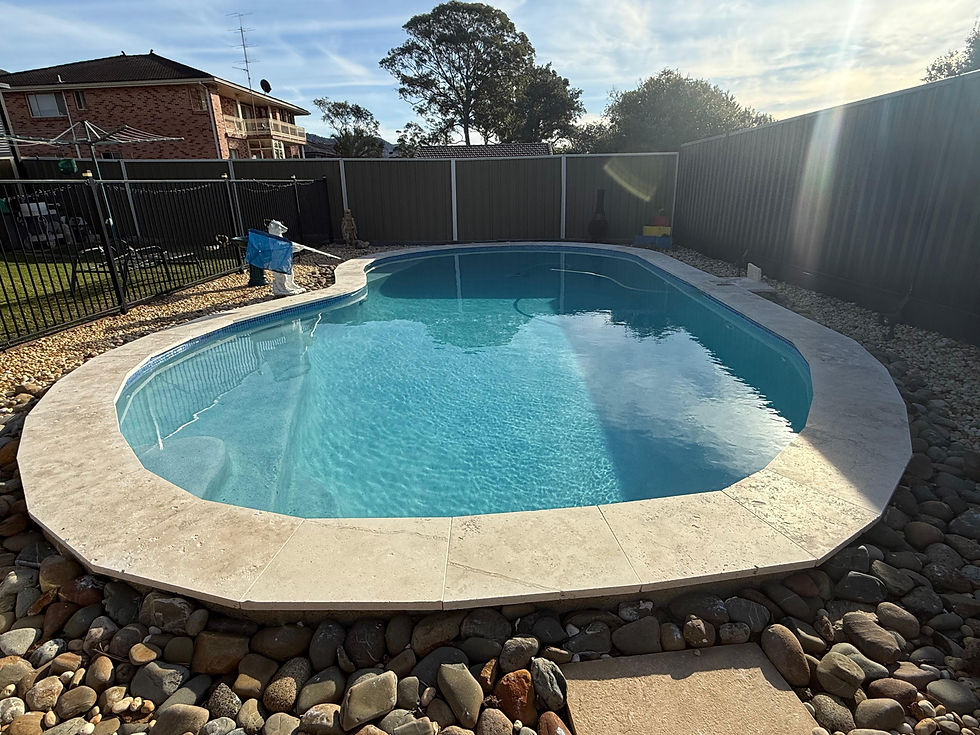Epoxy Paint vs Aquaguard Gelcoat Paint
- SPLASH POOL & SPA
- Aug 19
- 1 min read

When it comes to resurfacing your fibreglass or concrete pool, two common coating options in Australia are Epoxy Paint (e.g. Luxapool) and Aquaguard Gelcoat Paint (Allnex). Both are designed to refresh tired pools, but they differ in durability, cost, and maintenance. Here’s a clear breakdown of the pros and cons of each.
Epoxy Pool Paint (Luxapool)
Pros:
Affordable upfront compared to gelcoat.
DIY-friendly – can be applied by experienced homeowners.
Smooth, glossy finish available in a wide range of colours.
Resistant to pool chemicals when water balance is maintained.
Cons:
Shorter lifespan (typically 5–7 years before re-coating).
Surface can chalk or fade with prolonged sun exposure.
More prone to peeling or blistering if surface prep isn’t perfect.
Requires longer curing before refilling the pool.
Aquaguard Gelcoat Paint (Allnex)
Aquaguard Gelcoat Paint (Allnex)
Pros:
Longer lifespan (often 10–15 years with correct maintenance).
Superior resistance to UV, chalking, and chemical wear.
Provides a thicker, tougher barrier compared to epoxy.
Rich colour depth and high-gloss finish closer to a factory new-pool look.
Cons:
Higher upfront cost.
Professional installation strongly recommended (not ideal for DIY).
More prep work required to ensure proper adhesion.
Limited flexibility for small patch repairs compared to epoxy.
Which is Best for Your Pool?
If you want a budget-friendly, short-term refresh, epoxy paint like Luxapool may be a good option. But if you’re looking for a longer-lasting, premium finish with fewer re-coats, Aquaguard Gelcoat is usually the better investment.






Comments